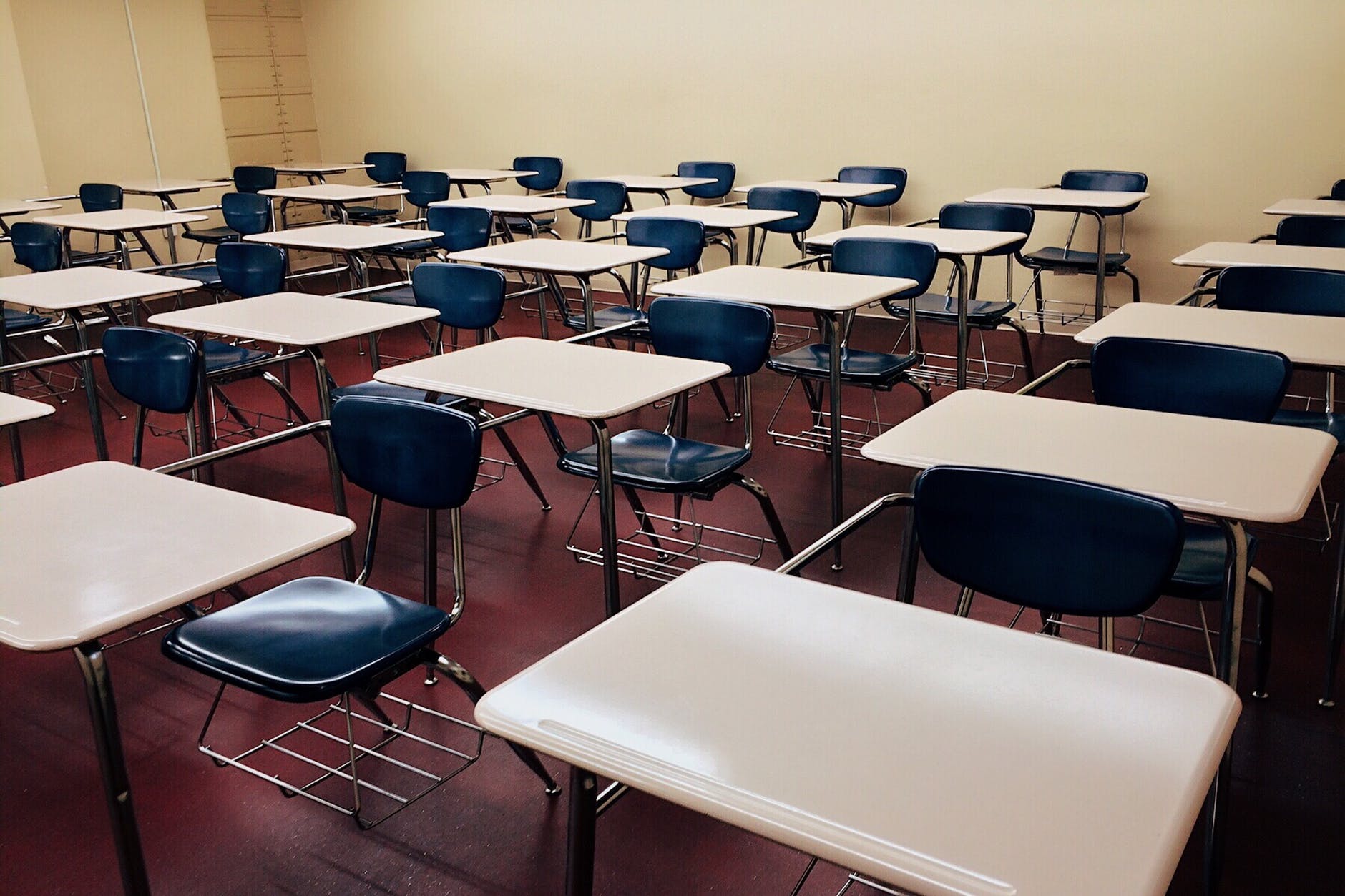Catholic Schools can use the lessons they learnt from COVID to build back better their organizations and become leaders of education.
Catholic schools faced an unprecedented crisis with the closure of schools
Catholic school enrollment has decreased by 21.3% since 2010 according to the National Catholic Educational Association (NCEA 2021-2022: The Annual Statistical Report on Schools, Enrollment, and Staffing). At the onset of the pandemic, when schools were forced to shut their doors and stay at home orders blanketed the country, many thought that this would be the beginning of the end for Catholic education.
Instead, the pandemic offered Catholic schools a chance to – borrowing from a slogan – “build back better,” using the pandemic as a time to update models of learning, to reconnect with students and families, and to build a foundation of excellence that fosters growth in the coming years.
Schools had to change and read the signs to be able to resurge after the pandemic
While the drumbeat of news drove a narrative of negativity for private education, we found that schools that took planning seriously, put their dedicated employees in positions to succeed, and took advantage of less competition through school closures saw the 2020-2021 school year as a resounding financial success.
I have always felt the call to serve the Church. First, in seminary where I was discerning the priesthood. Secondly, in Catholic universities, where I felt the pull to serve outside of being a priest – instead working to hone skills that would serve not the people directly, but rather the services needed to ensure the long-term success and growth of Catholic communities.
After spending my early professional career in consulting large financial services companies and public accounting, I finally felt that I was prepared to fulfill my mission – serving the Church and her schools by providing professional, high-level services to the back offices.
The pandemic has placed a magnifying glass on the back offices of these institutions and stress-tested the whole of education. While some schools have unfortunately shut their doors during this period, others have found financial success, coming out of the pandemic more financially stable than at the onset.
In the aftermath of the COVID-19 pandemic, Catholic education has a once in a generation chance to “build back better.”
The secret to this “building back better” plan for these schools – and for the whole of Catholic education – is simple. Update learning models, capitalize on the chance to revisit decades of added programs and offerings that don’t enhance student formation, invest in the teachers and students, and genuinely connect the school to its community.
In the midst of the pandemic, students were stuck at home – meaning that parents turned into teachers, video conferencing became the classroom, and many extracurriculars and programs were trimmed. This trend cut costs dramatically for schools and institutions, as supplying a laptop and emailing assignments is far less cost-intensive than printing, hosting, and operating a physical building. Moreover, programs and offerings added over decades in the hopes that higher enrollments would follow were removed (along with associated costs) and families still found the education valuable.
Read the full post from Global Institute for Church Management here.

